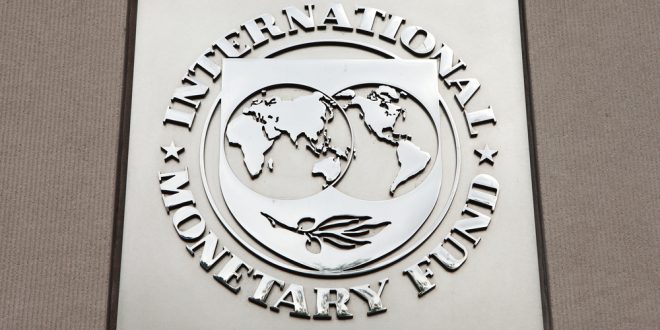The pandemic will continue to stoke uncertainty and inflation in its third year, undermining the global recovery from the coronavirus and pushing total economic losses toward $14 trillion. That’s according to the International Monetary Fund, which on Tuesday slashed its global growth forecast for 2022 by half a percentage point to 4.4%.
The group said the world’s two largest economies, the United States and China, would grow more slowly than it predicted in October. The IMF sees America’s economic output increasing 4% this year after rising by 5.6% in 2021. It shaved 1.2 percentage points off its previous forecast due to “lower prospects” that Congress will pass President Joe Biden’s Build Back Better economic plan, lingering supply chain disruption and the rising chance of aggressive action by the Federal Reserve to contain inflation.
In China, economic growth for 2022 is now pegged at 4.8%, 0.8 percentage points lower than previously expected and a marked slowdown from the 8.1% growth achieved in 2021. The IMF pointed to the ongoing pullback in the country’s huge real estate sector and a “weaker-than-expected” recovery in personal spending.
The IMF now expects the pandemic to have cost the world $13.8 trillion in lost economic output by the end of 2024. While advanced economies are expected to return to their pre-pandemic trajectories this year, that’s not the case for “several emerging markets and developing economies,” which are still poised to suffer “sizable output losses.
The last two years reaffirm that this crisis and the ongoing recovery is like no other, Gita Gopinath, the IMF’s first deputy managing director, said in a blog post. “Policymakers must vigilantly monitor a broad swath of incoming economic data, prepare for contingencies, and be ready to communicate and execute policy changes at short notice.
Rising prices present a major challenge. The IMF revised up its estimates for global inflation, predicting that “elevated price pressures are expected to persist for longer.
It now sees consumer prices rising 3.9% in advanced economies this year and 5.9% in emerging market and developing economies, sharper increases than were recorded in 2021, when consumer prices rose 3.1% and 5.7%, respectively.
Inflation in advanced economies is expected to fall back toward 2%, the target for most major central banks, in 2023. But the IMF said that a number of conditions will need to be met.
Assuming expectations for inflation don’t get out of hand and “the pandemic eases its grip, higher inflation should fade as supply chain disruptions ease, monetary policy tightens, and demand rebalances away from goods-intensive consumption towards services,” the IMF said.
The organization emphasized that its forecast is “subject to high uncertainty.” It is on alert for new variants of the coronavirus that could prolong the pandemic, fresh damage to supply chains due to China’s policy of suppressing all Covid outbreaks, and “higher inflation surprises” in the United States that could force the Fed to be even more aggressive with interest rate hikes.
It also cited “rising geopolitical tensions and social unrest” as risks to the outlook. Western countries are currently engaged in a high-stakes standoff with Russia to avert an invasion of Ukraine.

 Noor Trends News, Technical Analysis, Educational Tools and Recommendations
Noor Trends News, Technical Analysis, Educational Tools and Recommendations




